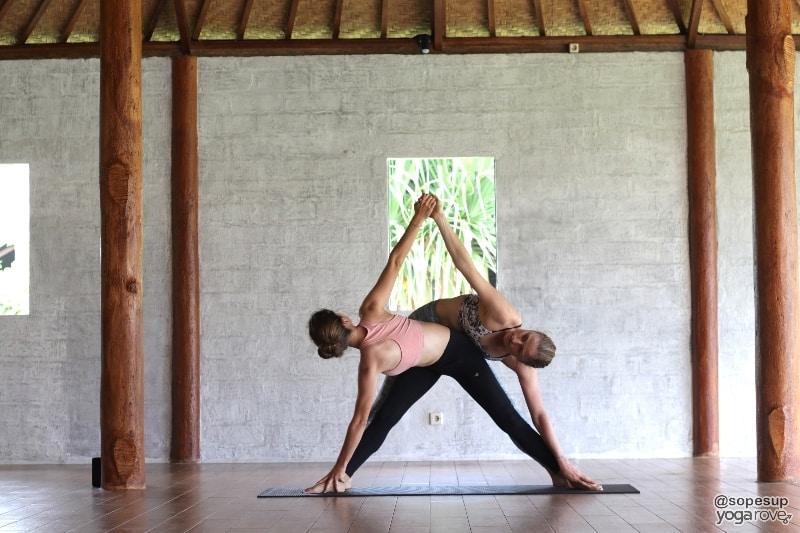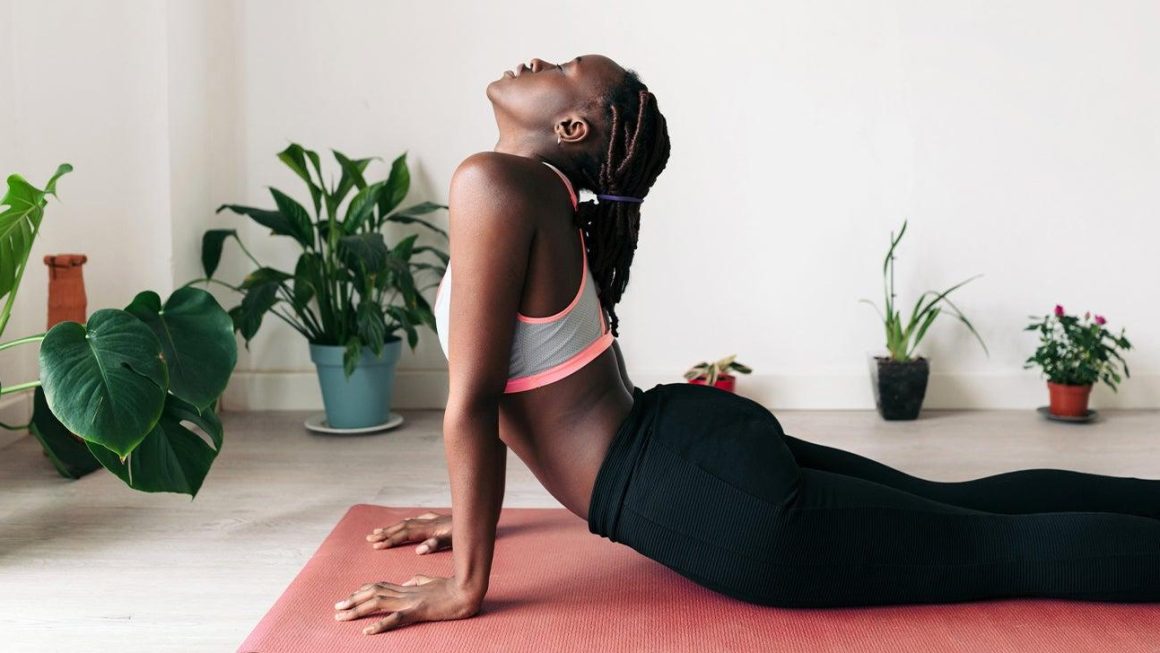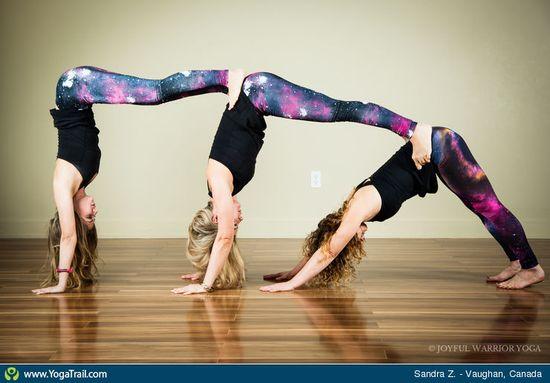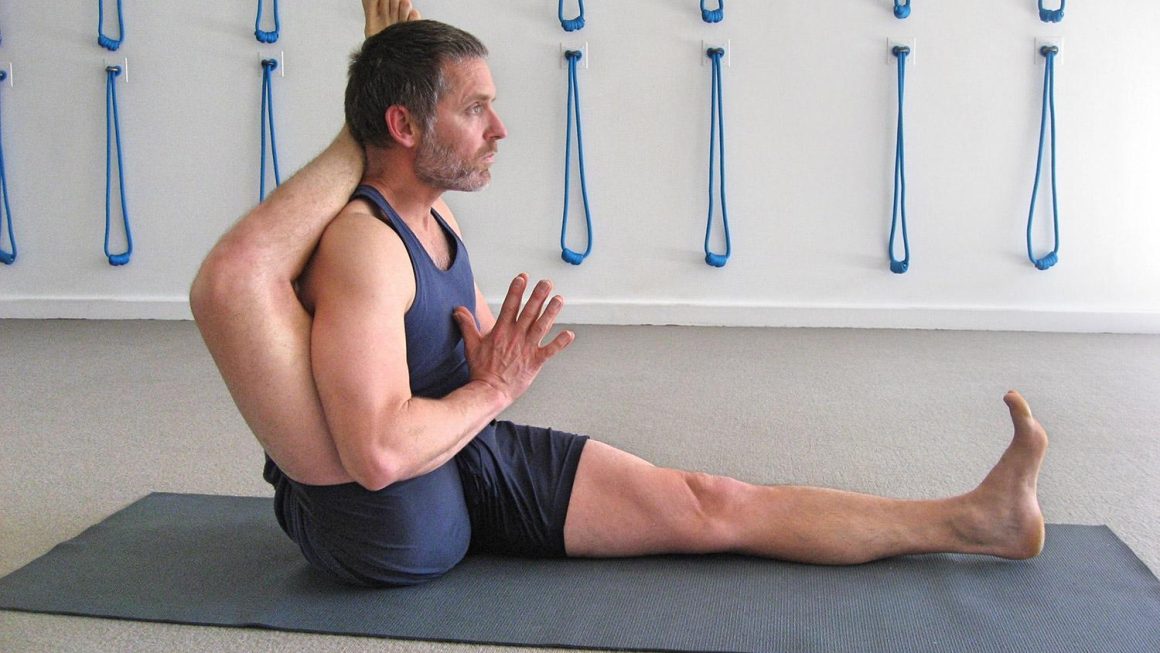In a world that often feels fast-paced and overwhelming, the search for tranquility has become more essential than ever. Restorative yoga offers a gentle refuge, inviting practitioners to pause, breathe, and reconnect with their bodies. By incorporating props into this nurturing practice, practitioners can experience deeper levels of support and relaxation, allowing tension to melt away and the mind to settle. In this article, we will explore a selection of restorative yoga poses enhanced by various props, highlighting how these adaptations can create a sanctuary of comfort while fostering physical and emotional healing. Whether you are a seasoned yogi or a newcomer to the practice, these poses can serve as a pathway to rejuvenation and serenity. Join us as we delve into the art of restorative yoga and discover the profound benefits of embracing stillness with the help of props.
Exploring the Essence of Restorative Yoga: Finding Calm with Props
In the world of restorative yoga, props serve as essential allies, transforming poses into personal sanctuaries of comfort and tranquility. By utilizing items such as blankets, bolsters, and straps, practitioners can explore deeply restorative positions that encourage the release of tension and stress, while promoting mindfulness. The careful arrangement of props not only supports the body but also helps to create a nurturing environment where practitioners can breathe and sink into stillness without distraction. Each prop has its own unique purpose, enabling diverse shapes and modifications for various body types and levels of flexibility.
As you delve into this soothing practice, consider incorporating the following props into your sessions:
- Blankets: For added cushioning and warmth.
- Bolsters: To gently elevate certain body parts, enhancing relaxation.
- Straps: To assist with alignment and deepen stretches safely.
A few restorative poses that benefit greatly from the inclusion of props are:
| Pose | Prop Usage |
|---|---|
| Supported Child’s Pose | Place a bolster under the torso for support. |
| Reclining Bound Angle Pose | Use bolsters under the knees for comfort and relaxation. |
| Seated Forward Fold | Utilize a strap for gentle assistance in reaching forward. |
Essential Props for Your Restorative Yoga Practice: Enhancing Comfort and Support
This is a brief overview of essential props you might consider for your practice:
| Prop | Purpose |
|---|---|
| Bolster | Provides support for the back and knees, enhancing spinal alignment. |
| Blanket | Adds warmth and can be folded for extra support under the hips. |
| Eye Pillow | Encourages relaxation by blocking light and soothing the eyes. |
| Yoga Block | Offers stability and support to reach the ground comfortably. |
| Strap | Aids in lengthening the body and improving flexibility without risk. |
Using props not only promotes a more profound sense of ease but also allows practitioners of all levels to enter deep states of rest and rejuvenation. Each prop serves a unique function, transforming how you engage with your practice. Meditation cushions can also provide significant benefits by supporting the hips and knees, ensuring that you find your most comfortable seated position. It’s important to explore each prop and discover how they can best support your individual journey, fostering a restorative experience that meets your needs.
Key Poses to Rejuvenate Body and Mind: Step-by-Step Guidance
Embrace the soothing power of restorative yoga, enhancing your practice with props for optimal comfort and rejuvenation. Here are essential poses that can revitalize both body and mind:
- Supported Child’s Pose: Place a bolster or cushions between your thighs and shins while gently lowering your torso down. Rest your forehead on the bolster, allowing your breath to flow freely.
- Reclining Bound Angle Pose: Sit with the soles of your feet together and lean back on a bolster. Place cushions under your knees for added support, enabling deep relaxation.
- Legs-Up-the-Wall Pose: Position a bolster close to the wall, lie on your back, and extend your legs up the wall. This pose promotes circulation and relieves tension in the lower back.
Integrating props into your routine makes restorative poses accessible, catering to your individual needs. Here is a simple guide to enhance your practice:
| Pose | Recommended Prop | Benefits |
|---|---|---|
| Supported Child’s Pose | Bolster | Stretches the spine, calms the nervous system |
| Reclining Bound Angle Pose | Cushions | Opens up hips, reduces stress |
| Legs-Up-the-Wall Pose | Wall or bolster | Rejuvenates legs, enhances relaxation |
Creating a Serene Space: Tips for a Blissful Restorative Yoga Environment
Transforming your space into a tranquil haven is essential for enhancing the restorative qualities of yoga. Start by focusing on lighting; dimmable lamps or soft, natural light can create a cozy atmosphere that invites relaxation. Incorporate natural elements such as plants, which not only purify the air but also add serenity to the environment. Select a dedicated area with ample room, ensuring your yoga mats and props are easily accessible. Consider adding a soft throw or a textured rug to provide comfort underfoot and to cultivate a sense of warmth.
Sound plays a significant role in setting the mood; consider playing soothing music or the gentle sound of nature, such as ocean waves or chirping birds. Scent is equally important; using essential oils, incense, or candles can enhance your sensory experience. Lastly, organize your props—such as bolsters, blankets, and straps—in a clear and inviting manner, perhaps in a decorative basket. This not only keeps everything tidy but also promotes a sense of readiness and intention, making it easier for you to immerse yourself in your practice.
Q&A
Q&A: Exploring Restorative Yoga Poses with Props
Q1: What is restorative yoga, and how does it differ from other styles of yoga?
A1: Restorative yoga is a gentle, calming practice that focuses on relaxation and restoration of the body and mind. Unlike more vigorous styles such as vinyasa or Ashtanga, which emphasize movement and strength, restorative yoga encourages deep relaxation by using props to support the body. This allows practitioners to hold poses for longer durations, fostering a sense of tranquility and deep release.
Q2: Why are props important in restorative yoga?
A2: Props play a crucial role in restorative yoga by providing support and comfort, which helps to facilitate relaxation. Items such as bolsters, blankets, blocks, and straps enable practitioners to achieve optimal alignment without strain. By using props, individuals can deepen their experience, allowing for a more profound connection to their breath and body.
Q3: What types of props are commonly used in restorative yoga, and how should they be used?
A3: Common props include bolsters, blankets, blocks, and straps. A bolster can be placed under the back or legs for support in poses like Supta Baddha Konasana (Reclining Bound Angle Pose), while blankets can be used for additional cushioning. Blocks may help elevate the hips or support the lower back, and straps can aid in reaching the feet in seated stretches. The key is to use props to create a sense of ease and to eliminate tension.
Q4: Can you recommend a few restorative yoga poses that utilize props?
A4: Certainly! Here are a few restorative poses to try:
- Supported Child’s Pose (Balasana): Place a bolster or pillow under your torso for comfort, allowing your body to fold gently forward.
- Reclined Bound Angle Pose (Supta Baddha Konasana): Use bolsters or cushions to support your spine and open the hips by placing them under your knees.
- Legs-Up-the-Wall Pose (Viparita Karani): Scoot your hips against a wall and place a bolster or blanket under your hips for elevation and support.
- Supported Bridge Pose (Setu Bandhasana): Position a block or bolster under your sacrum, allowing your back to relax while opening the chest.
Q5: How long should one hold restorative poses, and how do I know when to come out of one?
A5: Restorative poses are typically held for 5-15 minutes, or longer if you’re comfortable. The key is to focus on your breath and check in with your body. If you start to feel discomfort or your mind becomes restless, it may be time to gently transition out. Always listen to your body; the goal is to cultivate a sense of ease and peace.
Q6: Can restorative yoga benefit individuals with specific health issues?
A6: Yes, restorative yoga can be incredibly beneficial for individuals with various health issues, including stress, anxiety, chronic pain, insomnia, and recovery from injury. The gentle nature of the practice promotes relaxation and can help alleviate symptoms associated with these conditions. However, it’s always recommended to consult with a healthcare professional before starting any new exercise regimen.
Q7: Is restorative yoga suitable for beginners?
A7: Absolutely! Restorative yoga is accessible to practitioners of all levels, including beginners. The gentle pace and supportive use of props make it an ideal entry point for those new to yoga. It’s a practice that encourages exploration of one’s body and breath without the pressure of performance, making it a safe space for anyone interested in improving their well-being.
Q8: How can I create a peaceful environment for my restorative yoga practice at home?
A8: To create a peaceful environment, choose a quiet space where you can practice without interruptions. Dim the lights, or light some candles for a soft glow. Consider playing calming music or nature sounds to enhance the atmosphere. Gather your props and take a few moments to set an intention for your practice. This mindful approach will help cultivate a serene environment for restorative work.
Q9: Where can I find resources to guide my restorative yoga practice?
A9: There are numerous resources available for those looking to explore restorative yoga. Many online platforms offer guided classes, and apps like Insight Timer and YogaGlo feature sessions specifically tailored to restorative practices. Additionally, books by seasoned instructors can provide insights into poses and alignments. Local studios may also offer workshops or classes dedicated to restorative yoga.
With the right approach and tools, restorative yoga can be a nurturing, restorative experience that revives both body and spirit. Happy practicing!
The Conclusion
As we conclude our exploration of restorative yoga poses with props, it’s evident that the gentle embrace of these practices offers more than just physical relaxation; they provide a sacred space for the mind, body, and spirit to reconnect. Each pose, supported by blankets, bolsters, and straps, invites you to unwind and delve deeper into self-awareness, nurturing a serene escape from the chaos of daily life.
Incorporating these restorative techniques into your routine not only cultivates a sense of calm, but also fosters resilience and balance. Whether you’re looking to alleviate stress, recover from fatigue, or simply carve out a moment of peace, these poses serve as a sanctuary for rejuvenation.
As you roll out your mat and position your props, remember that the essence of restorative yoga lies in the invitation to surrender and let go. Allow each gentle stretch and supported pose to guide you toward a tranquil state, where healing is embraced, and your journey towards inner harmony unfolds. May your practice be a testament to the transformative power of stillness, and may you find solace in the simplicity of just being.




